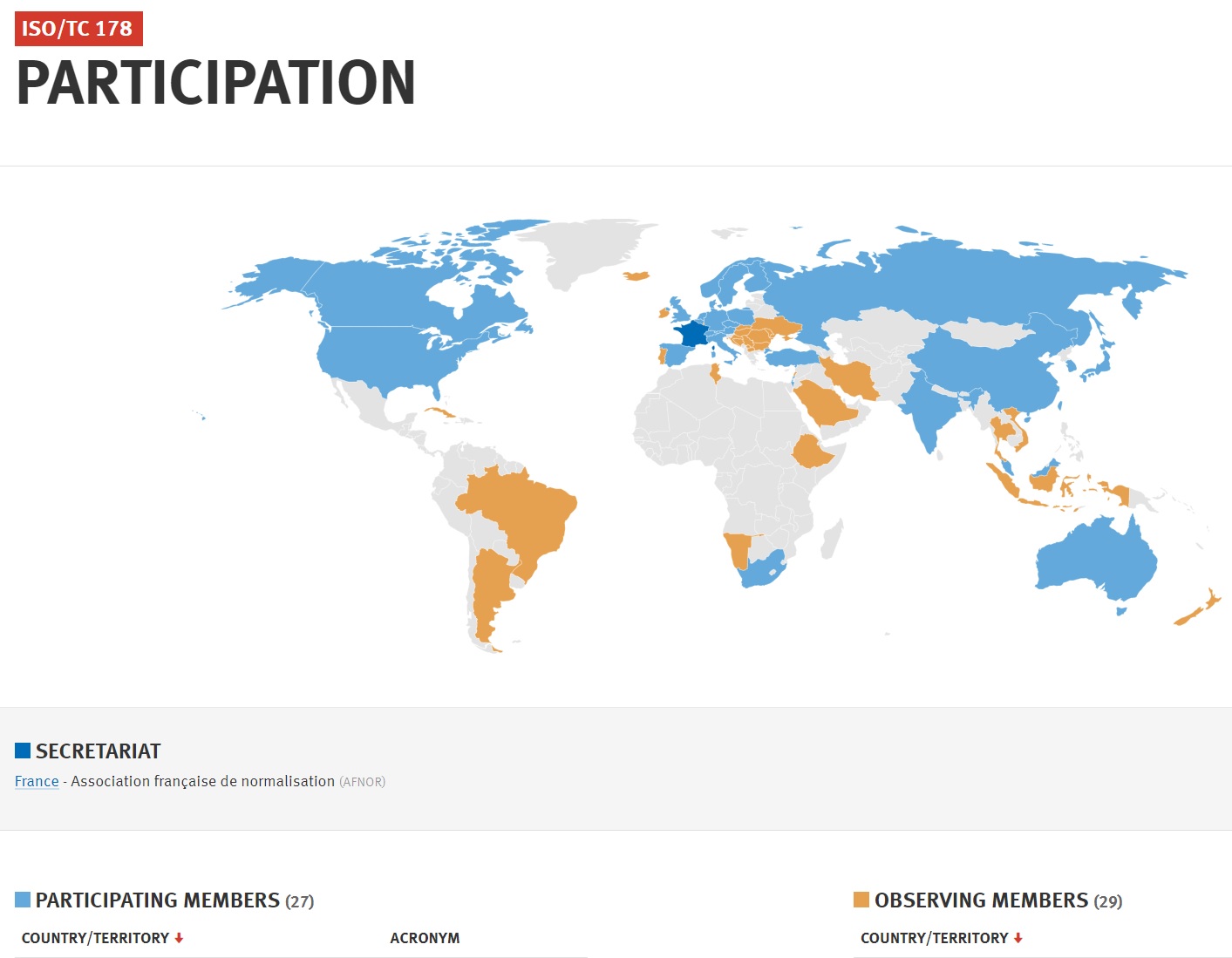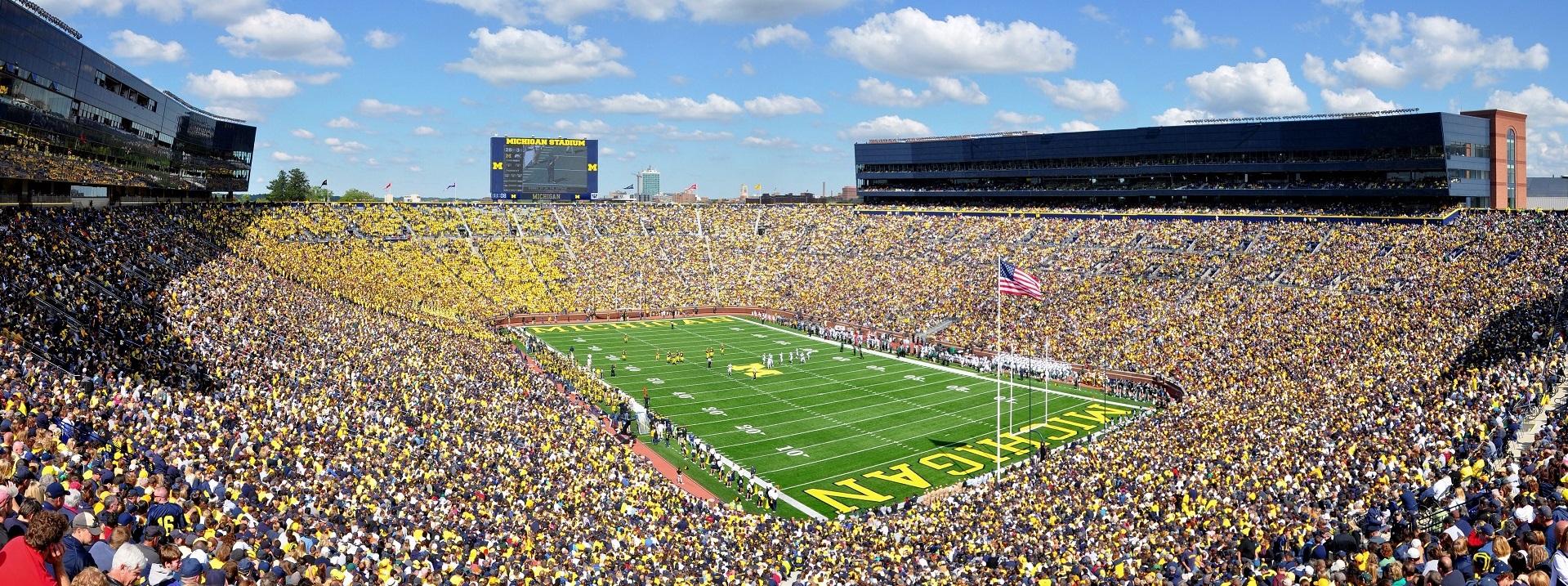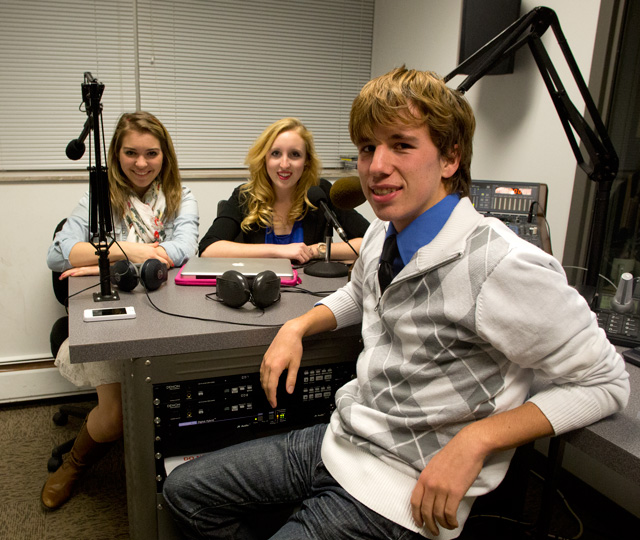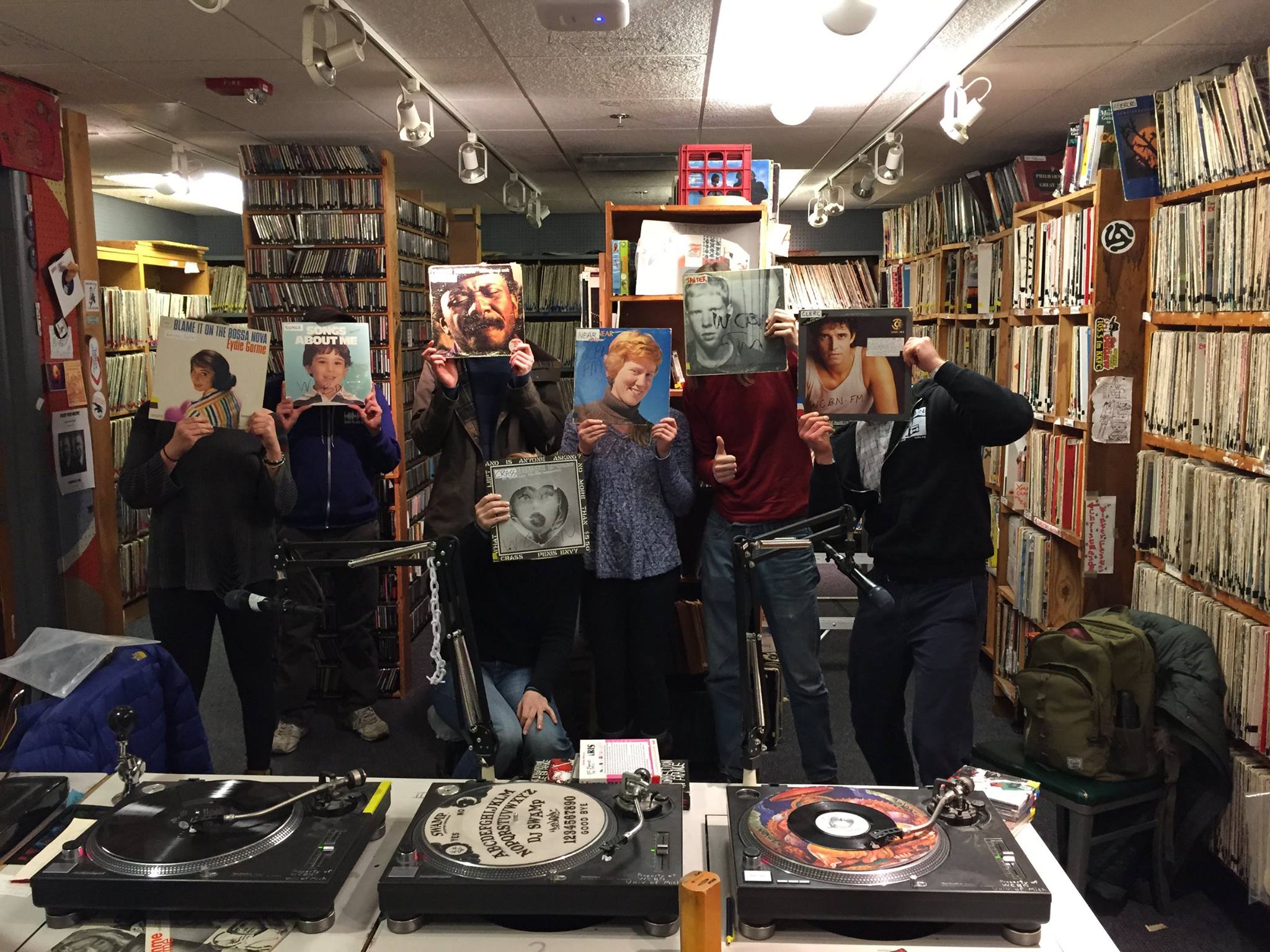Cafe Bolo
- Home Page 69

“O God Beyond All Praising”
Northern Kentucky University officials broke ground on an expansion of the Dorothy Westerman Herrmann Science Center in a ceremony at the Highland Heights campus on Thursday.https://t.co/Qecc3Lfutt#NorseUp pic.twitter.com/ggVpoIAxLa
— Northern Kentucky University (@nkuedu) October 31, 2024
Empowering educators, inspiring futures 📚✏️
At NKU, we’re proud to empower future teachers with the skills, knowledge, and passion they need to change lives—one student at a time. https://t.co/WetocNWJgq#NorseUp #FutureTeachersOfAmericaDay pic.twitter.com/BKiOCRvZxi
— Northern Kentucky University (@nkuedu) November 20, 2024
‘O God Beyond All Praising’ was sung at Winston Churchill’s funeral on January 30, 1965, to the tune Thaxted by Gustav Holst. The hymn, with lyrics by Michael Perry, uses the same melody as ‘I Vow to Thee, My Country’, which was also associated with Churchill’s funeral, contributing to its patriotic resonance.
J.D. Vance Speech to NATO | Europe is Falling Apart (Victor Davis Hanson)
Lifts, escalators & moving walks
At the 1853 New York World’s Fair Elisha Otis amazed a crowd when he ordered the only rope holding the platform on which he was standing cut by an axeman. The platform fell only a few inches before coming to a halt; thus proving the safety locking mechanism he had invented will work. These elevators quickly became the type in most common usage and made vertical living possible.

Elisha Graves Otis shows his first elevator in the Crystal Palace, New York City, 1853. — Image by © Bettmann/CORBIS
Most large research universities have 100 – 1000 elevators that are highly regulated, maintained by highly regulated service personnel and inspected by highly trained conformance operatives; thus our primary interest in state-specific regulations. We have a secondary interest in innovation in the technology generally. Many sustainability goals urged in academic circles — which include greater population density in smaller areas — are challenged by mobility issues.
From the project prospectus:
“…The main feature of these products is that they are an integral part of industrial, residential or public buildings. Consequently, they should be adaptable to the technical and architectural constraints of such buildings. They must also meet the capacity requirements imposed by the intended use of the building. These products are considered as means of transport and therefore represent an essential component of the functional life of the buildings in which they are installed. Contrary to most public means of transport, they are intended for free use and operation by their passengers, which makes the integration of safety an essential concern…”
STRATEGIC BUSINESS PLAN ISO/TC178: Lifts, escalators and moving walks
The Association française de normalisation (AFNOR) is the global Secretariat. ANSI’s US Technical Advisory Group Administrator is the American Society of Mechanical Engineers. Stakeholders in US-based education communities are encouraged to communicate directly with ASME; CLICK HERE.
We maintain the work products of this committee on the standing agendas of our Mechanical, Elevator and Global colloquia; open to everyone. See our CALENDAR for the next online meeting.
Issue: [11-50]
Category: Mechanical, Mobility, Global
Colleagues: Mike Anthony, Larry Spielvogel
Mocktail Mixology Drinks & Recipes
Casual reminder that Wisconsin has more bars than grocery stores pic.twitter.com/dG8YYRkoKd
— Midwest vs. Everybody (@midwestern_ope) March 30, 2025
Rants
This content is accessible to paid subscribers. To view it please enter your password below or send mike@standardsmichigan.com a request for subscription details.
Bad Coffee
This content is accessible to paid subscribers. To view it please enter your password below or send mike@standardsmichigan.com a request for subscription details.
Strawberry Iced Latte
Cal Poly: University Budget 2024-2025 *
Facilities Management & Development | $1.2B Student Housing Expansion
College of Agriculture, Food and Environmental Sciences
California’s Collapse Is Far Worse Than Reported | Douglas Murray
📢 Have you heard? Cal Poly has once again been named a top producer of Fulbright U.S. Scholars! Learn more about the three impressive faculty that are taking their expertise global 🌎
🔗https://t.co/KhuUY01jf2 pic.twitter.com/cIYoWvvjbw
— Cal Poly (@CalPoly) March 10, 2025
Data Center Growth
The National Telecommunications and Information Administration requests comments on the challenges surrounding data center growth, resilience and security in the United States amidst a surge of computing power demand due to the development of critical and emerging technologies. This request focuses on identifying opportunities for the U.S. government to improve data centers’ market development, supply chain resilience, and data security. NTIA will rely on these comments, along with other public engagements on this topic, to draft and issue a public report capturing economic and security policy considerations and policy recommendations for fostering safe, secure, and sustainable data center growth.
Written comments must be received on or before November 4, 2024.
We track leading practice discovery and promulgation of this technology nearly every week. See our CALENDAR for sessions we coordinate with the IEEE Education & Healthcare Facilities Committee.
Related:
…and so on. We will likely submit recommendations to NTIA on this topic; with drafts open during any of our daily colloquia.
New update alert! The 2022 update to the Trademark Assignment Dataset is now available online. Find 1.29 million trademark assignments, involving 2.28 million unique trademark properties issued by the USPTO between March 1952 and January 2023: https://t.co/njrDAbSpwB pic.twitter.com/GkAXrHoQ9T
— USPTO (@uspto) July 13, 2023
Standards Michigan Group, LLC
2723 South State Street | Suite 150
Ann Arbor, MI 48104 USA
888-746-3670
























